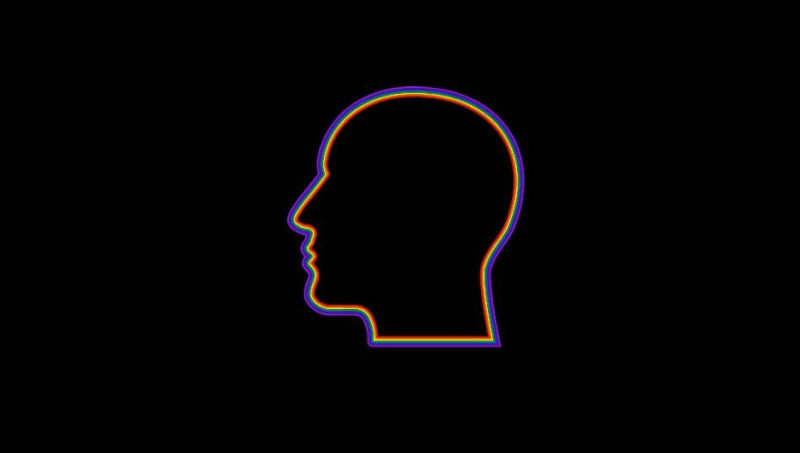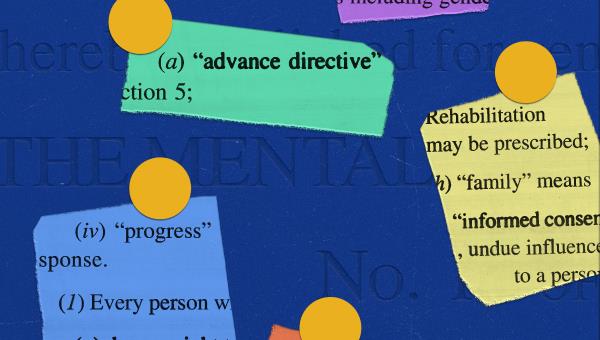
This was first published as an opinion article in The Wire
Since the last fiscal year, mental health has started finding increasing mention in the Economic Survey. The Economic Survey 2024-25, tabled just before the Union Budget for FY 2025-26, draws a direct connection between mental well-being and productivity. It mentions that mental well-being of the youth, the most important element of India’s demographic dividend, is a critical factor for economic growth. With workplace stress, digital overload, and increasing socioeconomic pressures, the survey calls for early intervention and holistic policies giving an unequivocal message that India’s economic ambitions could get hampered without adequate attention to mental health.
The survey set high expectations for the budget, yet, as the stagnant FY 2025-26 allocations for mental health show, the disconnect between symbolic recognition and significant financial allocations continues for yet another year.
A Budget overview: growth without depth
The Government of India’s total budgetary outlay for FY 2025-26 is ₹50,65,345 crore, a 7% increase from the revised expenditure of FY 2024-25. Within this, the Ministry of Health and Family Welfare (MoHFW) secures a budgeted expenditure (BE) of ₹99,859 crore—up 10% from last year’s BE of ₹90,659 crore and 11% above the revised expenditure (RE) of ₹89,974 crore. The health expenditure has stagnated at around 2% of total outlay over the last five years. The Ministry of Social Justice and Empowerment (MoSJE), that sees some direct and some indirect allocations for mental health, received ₹14,886 crore.
Direct mental health expenses include amounts received by MoHFW for The National Institute of Mental Health and Neurosciences (NIMHANS) Bangalore, Lokpriya Gopinath Bordoloi Regional Institute of Mental Health (LGBRIMH) in Tezpur and the National Tele-Mental Health Programme (Tele MANAS), along with NAPDDR (National Action Plan for Drug Demand Reduction) funds received by MoSJE. Direct mental health funding under the MoHFW stands at ₹1,004 crore, a marginal rise from ₹1,000 crore in FY 2024-25, constituting just over 1% of the ministry’s budget, despite inflation and a growing population. NAPDDR received an allocation of ₹333 crore, a slight uptick from ₹314 crore last year. However, this programme has suffered from utilisation woes with a meagre 55% utilisation in FY 2023-24.
Centralised Focus: institutions over communities
The MoHFW’s mental health budget heavily favours centralised institutions. NIMHANS received ₹860 crore, while the LGBRIMH got ₹65 crore—together accounting for 92% of direct mental health allocations. NIMHANS has seen its BE nearly double from ₹434 crore in FY 2020-21 to ₹860 crore this year, bolstered by consistently complete fund utilisation (e.g., ₹751 crore in FY 2023-24 against a BE of ₹720 crore).
Coming to Tele MANAS, the programme saw its BE drop to ₹80 crore from ₹90 crore—a 12% cut, following a 32% reduction from ₹134 crore in FY 2023-24. Launched in 2022 to provide tele-counseling nationwide, Tele MANAS has handled over 18 lakh calls across 53 cells in 36 states and UTs by February 2025. Yet, its utilisation lags (25% of BE in FY 2023-24), and its funding trajectory sparks some concerns. As a centrally sponsored scheme until FY 2025-26, it will soon shift to state budgets under the National Health Mission (NHM), which raises some concerns about sustainability, especially in resource-strapped regions.
The National Mental Health Programme (NMHP), operational since 1982, fares worse. It operates through two main channels - the District Mental Health Programme (DMHP) and central and tertiary activities. The DMHP, active in 767 districts, aims to integrate mental health into primary care. The central and tertiary activities, which include establishing centres of excellence and increasing capacity, were a separate line item in the budget until FY 2021-22. However, now the tertiary care components are subsumed into the Tertiary Care Programme (TCP) which includes six different programmes, with a BE of ₹483 crore (up 48% from ₹369 crore in FY 2023-24). However, there is no granular information to reveal the mental health share. District-level funding, once tracked under the NHM’s flexible pool for non-communicable diseases, has vanished as a distinct line item, likely merged into broader health system strengthening pools. This opacity risks sidelining community-based care, critical for rural India and internationally recognised as an important component of sustainable and accessible mental healthcare.
The indirect mental health spending under the MoSJE includes Deendayal Disabled Rehabilitation Scheme (DDRS) and the Scheme for Implementation of Rights of Persons with Disabilities Act (SIPDA). These two schemes together have received an allocation of ₹280 crore (₹165 crore and ₹115 crore respectively). DDRS, supporting psychosocial rehabilitation, boasts near-100% utilisation, while the latter languishes at 50% or below, reflecting inconsistent execution. As a result, the allocation has seen a consistent decline over the last six years.
Equity at stake: who benefits, who loses?
The Economic Survey’s emphasis on youth mental health, workplace wellness, and lifestyle interventions—reducing screen time, promoting outdoor activity— clearly shows a focus on mental health as a crucial factor for socio-economic development. However, the budget disappoints on some grounds. It appears quite urban-centric, with the majority of allocations to centralised institutions and Tele MANAS, year after year. The institutions, while vital, mainly cater to urban, educated populations. Rural and remote communities, reliant on the DMHP and National Health Mission (NHM) that vows to provide “universal access to equitable, affordable and quality health care services, accountable and responsive to people's needs”, face challenges of stagnant central funding and declining state transfers. The NHM is losing steam as central contributions shrink, potentially stunting DMHP expansion.
Tele MANAS shows promising numbers, however, it alone cannot bridge the access and treatment gap. Its reliance on technology assumes connectivity and literacy levels not universal in India. The Mental Healthcare Act, 2017, mandates accessible, culturally appropriate care as a right—a promise unfulfilled when funding prioritises institutions over grassroots services.
In India, a vastly inequal country, socioeconomic factors amplify these disparities. In 2022, 7% of suicides were linked to economic distress, underscoring how poverty and unemployment are inextricably linked to mental health crises. The survey’s call for healthier workplaces is laudable, but without addressing broader determinants—job security, wages, social safety nets—mental health interventions remain superficial. Critics decry welfare spending as “revadi” (freebies). However, public resources are a right, not a handout. Mental health equity demands this reframing.
A path forward: beyond rhetoric
The Union Budget FY 2025-26 nods to mental health’s economic stakes but falls short of transformative action. At just over 1% of the health budget, mental health funding is a token gesture against India’s vast needs—over 10% of 150 crore people require care, as per estimates. The government’s focus on centralised excellence, while Tele MANAS and the DMHP falter, entrenches inequities. For a nation aiming to be the world’s third-largest economy by 2030, this plateau is a red flag.
Future budgets must bolster the DMHP with transparent funding, ensure Tele MANAS’s sustainability as it transitions to states, and tie mental health to socioeconomic upliftment.
India’s economic ambitions hinge on its people’s well-being. The Economic Survey gets it right—mental health is productivity’s foundation. But without sustained, equitable investment, this vision risks becoming another unfulfilled promise. The time for bold action is now.
For the full analysis, read our brief at https://cmhlp.org/wp-content/uploads/2025/03/IMHO-Budget-For-Mental-Health-2025%E2%80%932026.pdf
Authors:
Sayali Mahashur is a Research Associate at the Keshav Desiraju India Mental Health Observatory, Centre for Mental Health Law & Policy, Pune
Ramya Pillutla is a Project Manager and Research Coordinator at the Keshav Desiraju India Mental Health Observatory, Centre for Mental Health Law & Policy, Pune



